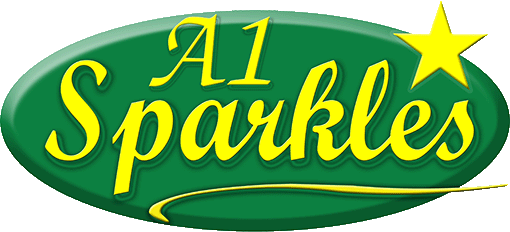Thanks to media coverage following the outbreak of H1N1 and other pandemics in recent years, the public has finally caught on that regular hand hygiene is essential to help prevent the spread of germs. People are washing their hands more frequently, and hand sanitizers are populating buildings more quickly than ever before.
But, despite this increased awareness, misinformation still exists about the difference between soaps and hand sanitizers, as well as how and when to use them. Simply stated, soaps clean hands, and sanitizers do not.
“The difference between soap and sanitizer is soap removes soil from your hands,” says Dave Smetzer, sales manager for Capital Sanitary in Des Monies, Iowa. “In the process of cleaning your hands, you wash away the soils and germs.”
Ronnie Kent, president of Associated Paper in Conyers, Ga., agrees that soap’s primary function is to clean hands and also remove germs.
“Every time you touch a doorknob, a phone, or a pen, you’re getting germs on your hands,” he says. “Washing your hands will get rid of those germs — germs that you can even pass on to yourself when you touch your face or nose.”
Sanitizer is equally effective at killing germs, but it will not remove dirt from hands.
“Hand sanitizers aren’t necessarily a cleaner,” notes Bill Egerton, director of marketing for Birsch Industries in Virginia Beach, Va. “They won’t get grease off your hands, but they will kill bacteria on your skin. There’s nothing wrong with washing your hands with traditional soap. If you wash your hands properly, you’ll get the bacteria off your skin.”
Nevertheless, distributors encourage custodial managers to offer both soap and sanitizers in their facilities. Although sanitizers are not a substitute for handwashing, they can serve as a backup to remove germs in the absence of water or when it is inconvenient to visit a restroom.
The Dirt On Soap
In addition to neglecting the back of hands and the area between fingers, most people do not wash their hands for a sufficient length of time. Egerton suggests scrubbing hands vigorously under the water for at least 10 seconds — or the amount of time it takes to recite the ABCs or sing the “Happy Birthday” song twice. Experts also encourage cleaning staff and the general public to wash their hands frequently — particularly after using the restroom or before touching food — something people often neglect to do.
To encourage more frequent handwashing, soaps need to be easily accessible in restrooms.
“The best place to put soap is directly to the left or right of the sink, or have a dispenser directly on the sink where people can see what it is,” says Gary McCain, sales manager for Five Star Janitorial Supply in Leesville, La.
Distributors also recommend touch-free soap dispensers, which further reduce the risk of cross-contamination. And in restrooms that don’t offer touch-free faucets or towel dispensers, distributors encourage the use of hand sanitizer after handwashing as an added precaution.
“Often people will wash their hands and then use a hand sanitizer after they dry them,” says McCain. “When you first turn the faucet on, you’re possibly transferring germs to the handles. So when you wash your hands and turn the water off, you’re readmitting germs to your hands. Also, if there isn’t a hands-free towel dispenser, you have to use your hands to touch the dispenser, which may have germs on it from the previous person.”
